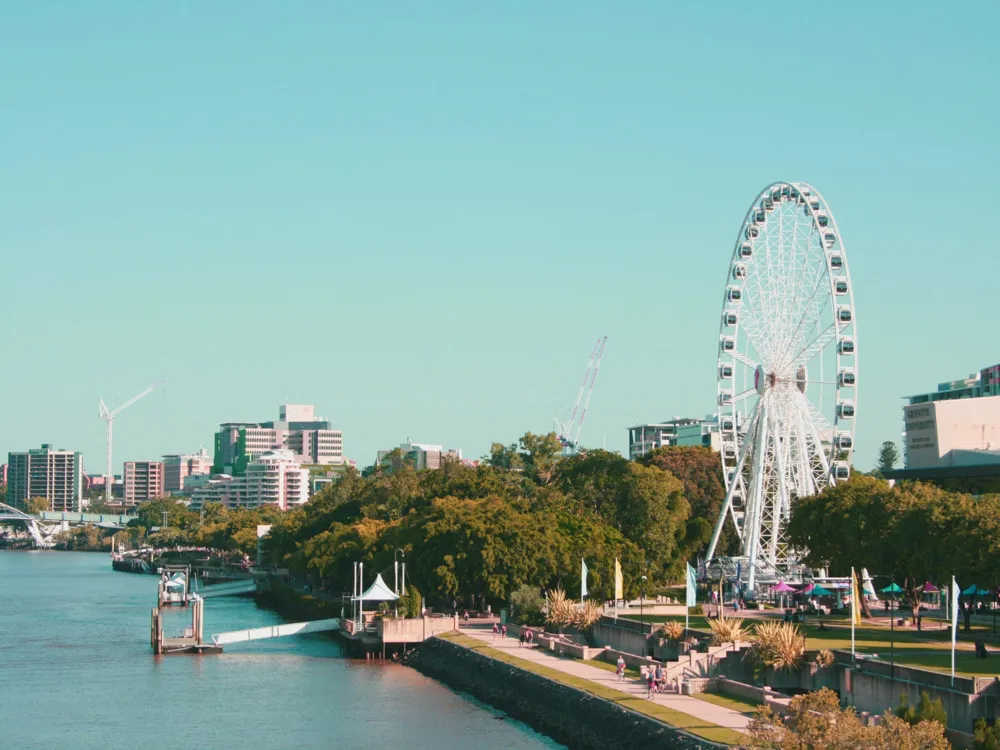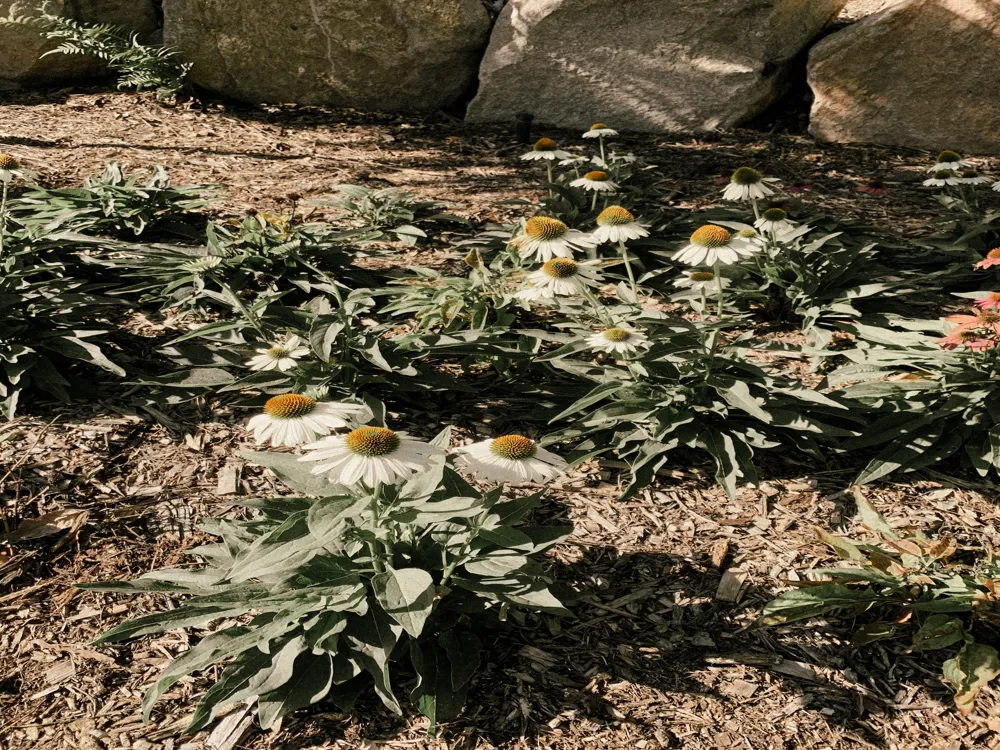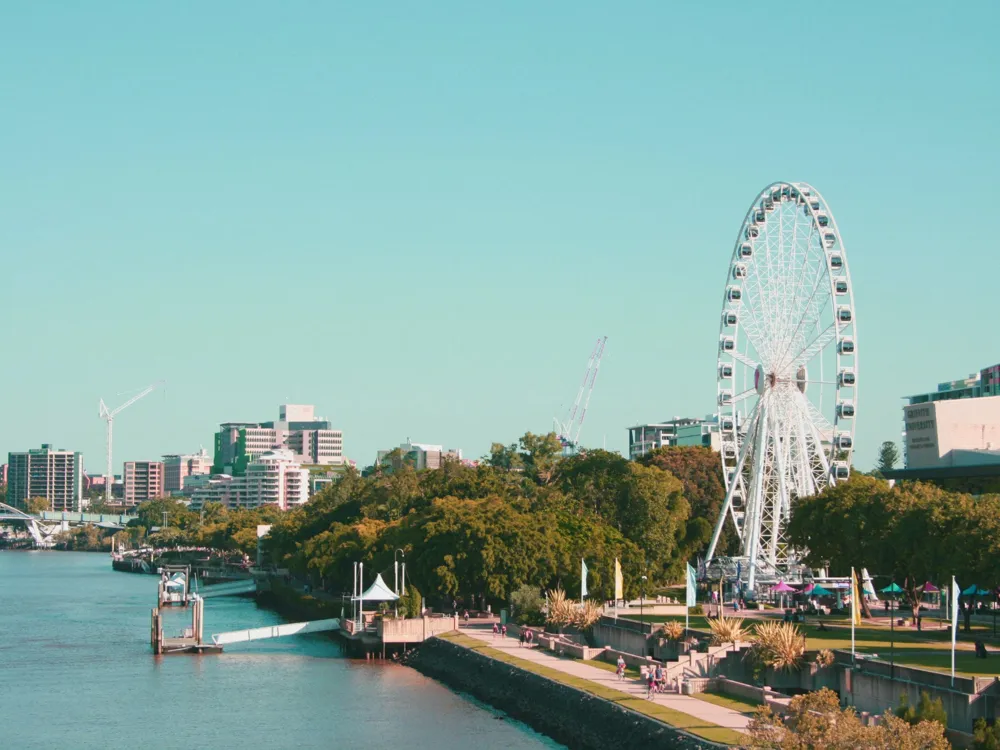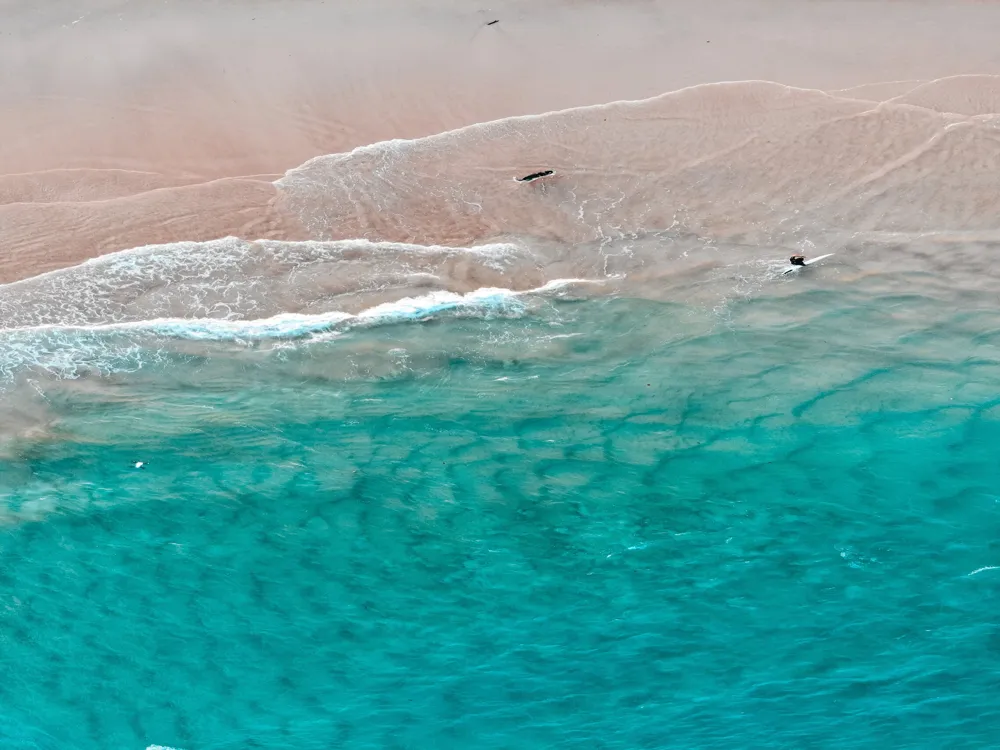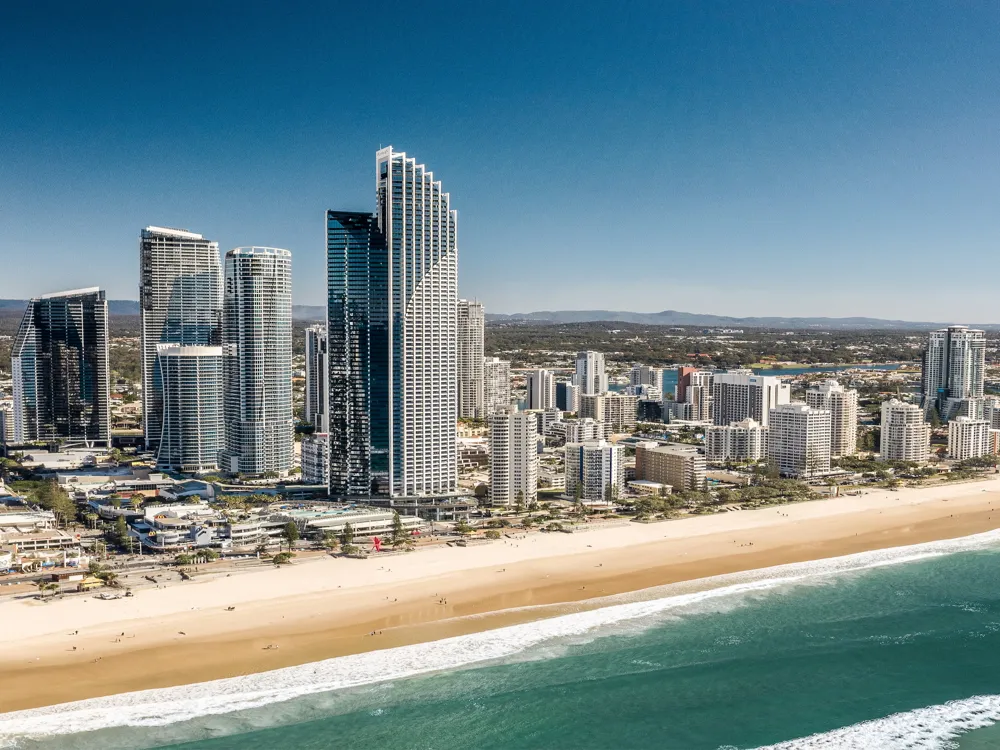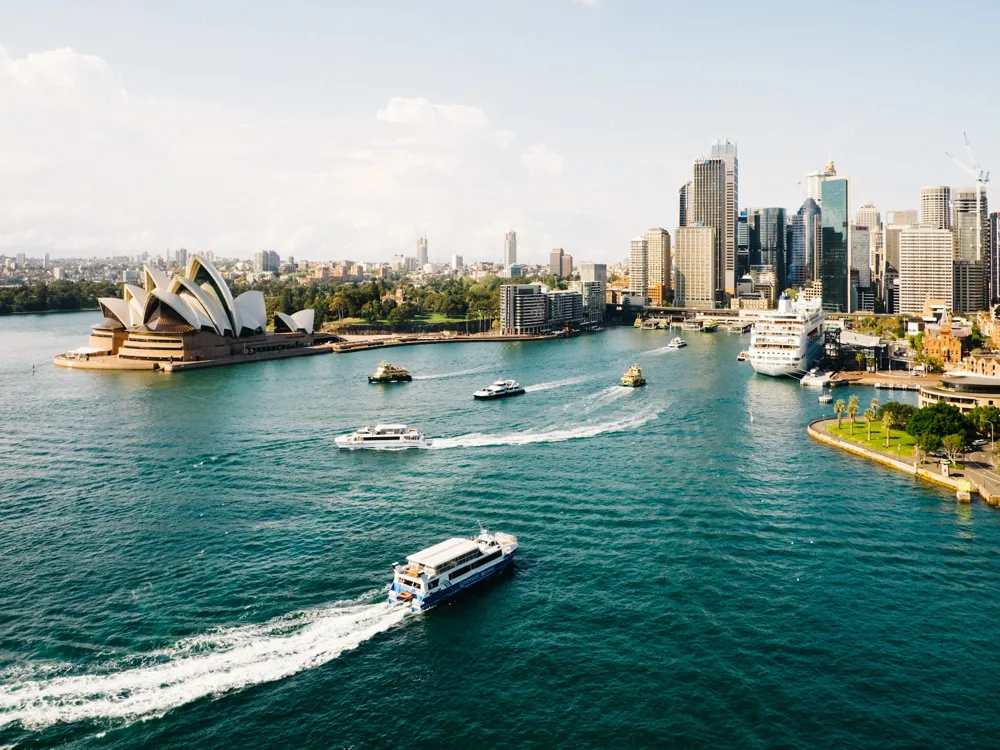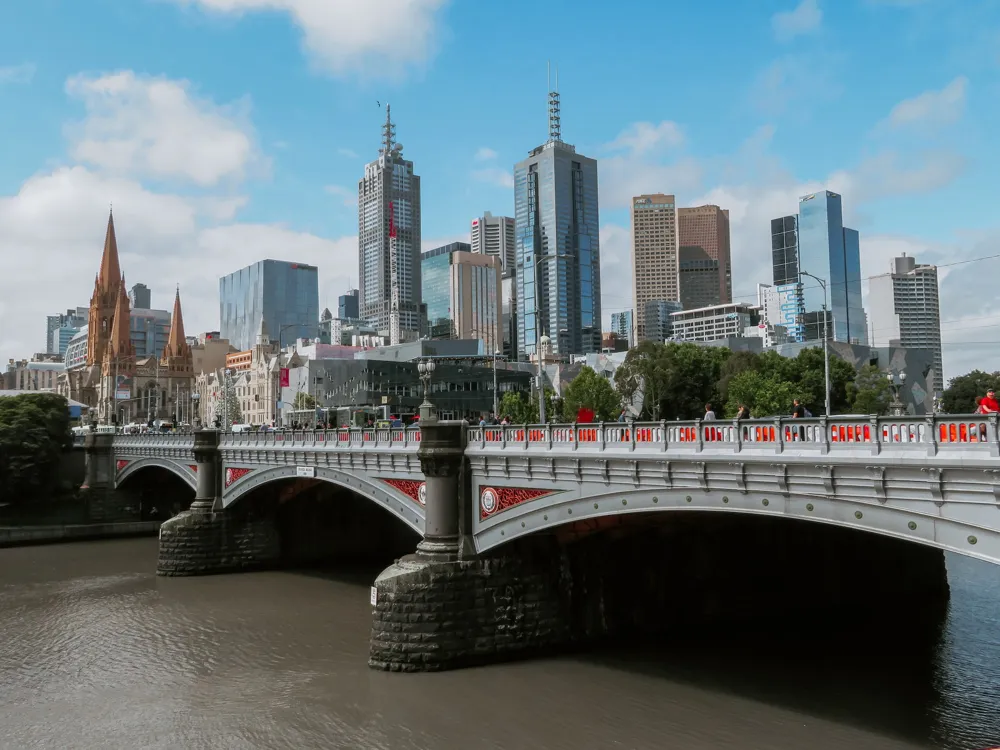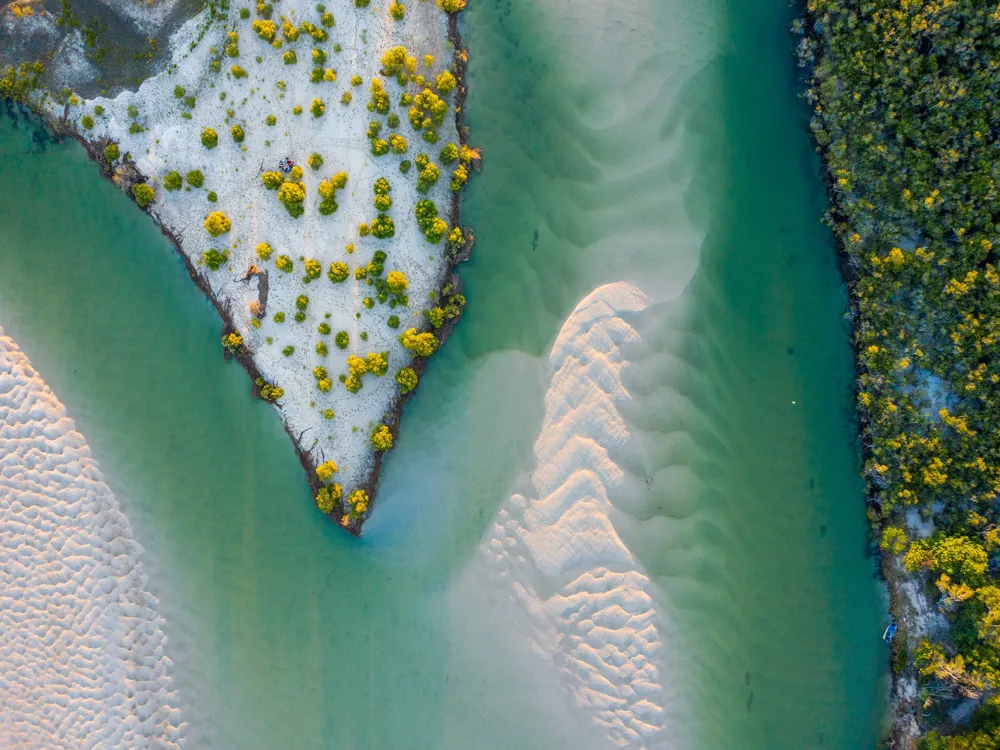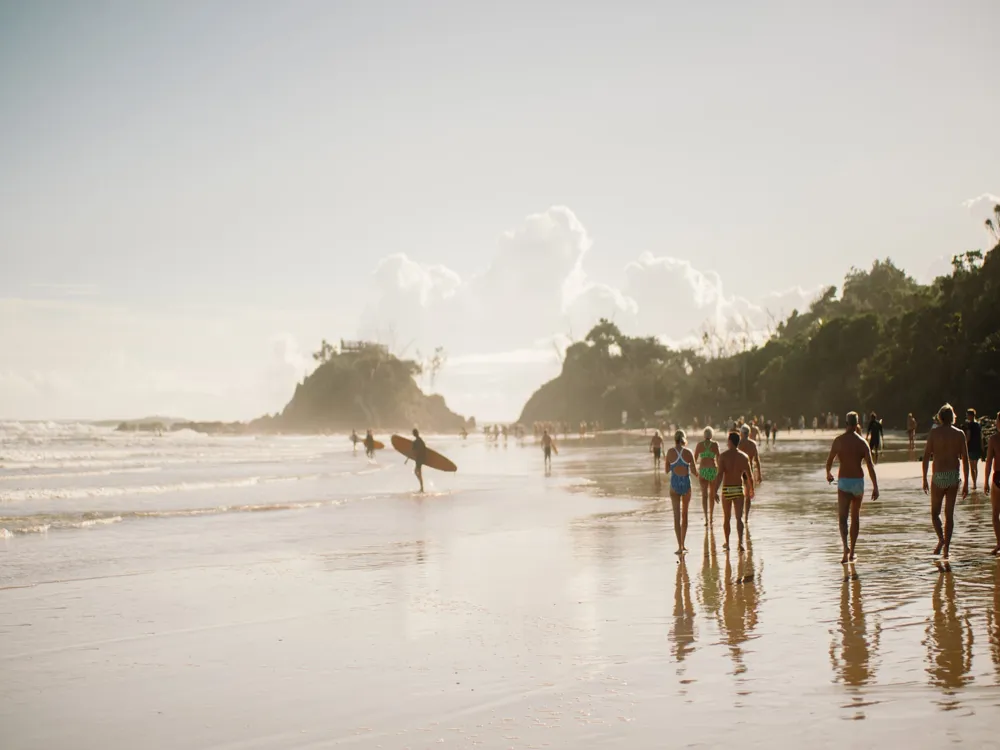Wivenhoe Dam, located in Brisbane, Australia, serves multiple purposes including water supply, flood control, and recreation. It was constructed on the Brisbane River, completed in 1984, and plays a crucial role in managing South East Queensland's water system. The dam's reservoir, Lake Wivenhoe, is a popular spot for camping, fishing, and boating, making it a significant recreational destination as well. The architecture of Wivenhoe Dam features an earth and rock-fill embankment with a concrete spillway. It stands at a height of 59 meters and stretches 2.3 kilometers across the Brisbane River. The dam has a total capacity of 1.165 million megaliters, making it one of the largest water storage facilities in Australia. Its design incorporates advanced engineering techniques to ensure safety and efficiency in water management and flood mitigation. Before heading to Wivenhoe Dam, check the weather forecast and dam operational updates. The area is best enjoyed in good weather and when all facilities are accessible. Always follow safety signs and guidelines, especially when near water or on the dam wall. Life jackets are recommended for water activities. Take advantage of the various recreational activities available, including fishing, boating, and picnicking. Ensure you have the necessary permits for fishing and boating. Help preserve the natural beauty of the area by taking your rubbish with you and staying within designated areas. Wivenhoe Dam is accessible by car and is located about an hour's drive from Brisbane CBD. The most direct route is via the Ipswich Motorway (M2), followed by the Warrego Highway (A2), and then onto Brisbane Valley Highway. Public transport options are limited, so driving or arranging a private transport service is recommended for visitors. Read More:Overview of Wivenhoe Dam
Architecture of Wivenhoe Dam
Tips When Visiting Wivenhoe Dam
Planning Your Visit
Safety First
Recreational Activities
Respect the Environment
How To Reach Wivenhoe Dam
Wivenhoe Dam
Brisbane
₹ 45,000 onwards
View brisbane Packages
Weather :
Tags : Dam
Planning a Trip? Ask Your Question
Brisbane Travel Packages
View All Packages For Brisbane
Top Hotel Collections for Brisbane

Private Pool

Luxury Hotels

5-Star Hotels

Pet Friendly
Top Hotels Near Brisbane
Other Top Ranking Places In Brisbane
View All Places To Visit In brisbane
View brisbane Packages
Weather :
Tags : Dam
Planning a Trip? Ask Your Question
Brisbane Travel Packages
View All Packages For Brisbane
Top Hotel Collections for Brisbane

Private Pool

Luxury Hotels

5-Star Hotels

Pet Friendly









